I love writing posts such as these because jazz seems so mystical from an outside observer. It is as if jazz is like a magic show, with tricks and illusions. The reality is learning jazz and how to play jazz piano can be broken down like a blueprint. Sorry to burst your bubble. Obviously to build a house you need certain tools that will allow you to accomplish the project but the fact of the matter is, once you have those tools, you can play any jazz tune you want. You can actually play mostly any style because jazz harmony theory will allow this to happen. Want to know the steps to take in order to learn how to play jazz piano? Good, well here they are.
Step 1: Learn your major scales
There’s a reason I continue to say this over and over and over again. It quite possibly could be the drill in your tool bag. I’ve you ever attempted a handyman job without using a drill? It’s absolutely terrible. Your hand gets tired from turning the screw driver and you eventually just think to yourself “Why don’t I just use a drill?” I love being honest with people who want to learn how to play jazz piano. I hate creating false expectations. So I’m going to say this because I want to help. Tough love people! You will not, I repeat, you will not learn how to play jazz piano without knowing your major scales inside and out. The good thing is at the bottom of this post is a link with all the notated music you will need for every step. If you want to skip ahead and get it, be my guest.

Step 2:Learn your major and minor triads
All the rich sounding jazz harmonies you hear in jazz come from 7th chords. Do you know the primary chord that builds a 7th chord? Yup, you guessed it. Major and minor triads. Once you learn you major and minor triads you only need to add one more note on top of the triad to begin playing jazz harmonies that professionals are playing. They’re the most important building block for learning jazz chord harmonies. I’m sure you are interested in learning jazz voicings right? Have you ever ask yourself, “How do I play those amazing sounding chords?” Well, learn your triads and you’ll be well on your way to playing advanced jazz voicings.
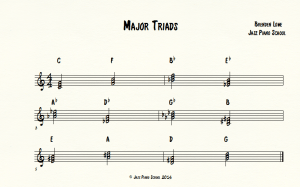

Step 3:What is swing? The rhythmic component of jazz.
Duke Ellington expressed it best when he wrote the tune, “It Don’t Mean A Thing If It Ain’t Got That Swing.” Jazz is nothing without the rhythms that create the music. Swing is the entity in jazz that makes you want to tap your feet, or move to the beat. So how exactly do we swing?
Eight notes are swung in jazz and this is what gives the music the great feeling you hear. In classical music eighth notes are played straight like a march. In jazz we actually delay the second eight note slightly so the two eighth notes sound like a triplet without the middle beat. Here is a good exercise to get the hang of this. Say “Tri-pl-et” over and over again. Now take out the middle syllable to you are only saying, “Tri-__-et, Tri-___-et”. Those accents are how we play our eighth notes. By playing eighth notes as if we are saying “Tri-___-et, we begin to create the swing feeling jazz has.

(Note: Do you want to start learning more about jazz piano in a way that’s organized and structured? Are you looking for a starting point? If so, check out our FREE beginner guidebook to get the scoop!)
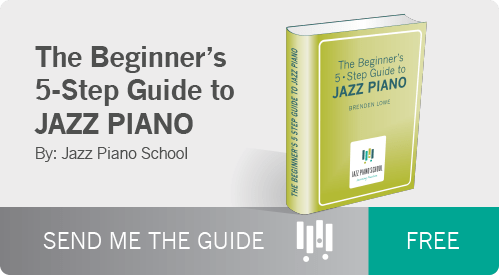
Step 4: Learn Your 7th Chords In Both Hands
After learning your major and minor triads you’re ready to learn your major and minor 7th chords. 7th Chords are what jazz piano is all about. This is where you actually start to dig into the essence of jazz and jazz piano. I will give you a brief description of how to build each chord with a link to more blog posts that describe each on in depth.
Major 7th Chords
This is built using a major triad and adding the 7th degree of the major scale to the top of the chord. For example a Cmaj7th chord would be build with a C major triad then adding the 7th degree of the C major scale to the top of the triad. This note would be the note “B”.

Dominant 7th Chords
A dominant 7th chord is built easily by taking a major 7th chord and now flatting the 7th. For example a Cmaj7th chord is the notes C,E,G and B. To make this dominant we simply flat the B natural so it is now a Bb. Our notes are now C, E, G, and Bb. Cdominant7th chord.

Minor 7th Chords
A minor 7th chord is now built by using a dominant 7th chord and simply flatting the 3rd to make it minor. For example a C7 chord is the notes C, E, G, and Bb. To make this a minor 7th chord we flat our 3rd, the note E. Our notes are now C, Eb, G, and Bb. This is our C-7th chord.
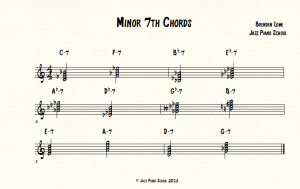
Step 5 : Learn Inversions of your major and minor triads and 7th chords
In order to get into more advanced harmonies and voicings you will need to know your inversions to all your triads and 7th chords. This seems like a lot but with a little practice you should begin to get this pretty easily. An inversion of a chord is simply taking the notes from a chord and rearranging their order so they create a different sound with the same notes. For example 1st inversion of our C major triad would be E, G, C. We’re still using the notes C, E, and G but we’ve moved the C to the top to create 1st inversion. Triads have 1st inversion and 2nd inversion, while 7th chords have 3 inversions you can create because they have 4 notes as opposed to 3.
Step 6: Play Melodies in your RH, 7th Chords in your LH.
At this point we can actually begin to play some jazz standards. Flip open to any tune within a fake book and begin practicing the melody alone with your RH. Once you start to become familiar with the melody begin practicing your chords above the melody with your LH. Now put them together. Easier than it sounds, but if you practice with your hands alone at first then putting them together should come easier. This is exactly how we begin to play jazz piano standards.
Step 7 : Learning how to improvise
This is the hardest step for people because as a society it is hard for us to think out of the box. Improvising is the act of letting go, and freeing yourself from the constraints of notes on a page. We are finally allowed to self express but sometimes this much freedom all at once is crippling. I always recommend learning the blues for people to begin learning how to improvise.
The blues scale is 1, b3,4,#4,5,b7 and 1 again. You can use any of these notes in any fashion you like. Have a ball and be as creative as you want. Your left hand will play the corresponding dominant 7th chord. For example if your Rh is playing a C blues scale your LH will play a Cdominant7th chord. Try using just two notes. Then maybe move to 3, then 4 until you are using the whole scale. Think about patterns and melodies when first starting out. Play simple and try and create melodies a child could sing back to you. Once you got the hang of this you’ll be improvising over other tunes in no time.
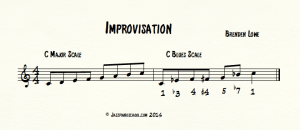
Step 8 : Learn basic Jazz Piano Theory
It’s so funny how many people want to learn jazz piano but don’t want to take the time to learn jazz piano theory. This is like attempting to learn French without learning how sentences are put together. If simply replaced English words with French words we would sound like a mess. By learning how the harmonies and chords fit together you’re going to understand why certain chords are in tunes and be able to solo better. It’s an absolute must for anyone interested in learning jazz piano.

Step 9: Listen, Listen, Listen
If you were to live in Spain for a year you would probably know how to speak the language decently without even studying. Why is this? Because you are listening to it every day. The same goes for jazz. If you want to be able to speak the language of jazz, you need to be listening to the language. Put on albums in your spare time. On the way to work, at home, in the background, while you’re going to bed. All of this will help your ear hear the nuances and details of the jazz language.
Step 10 : Find a teacher. (Possibly Jazz Piano School)
Everyone needs a teacher or coach. You need someone to give you guidance, support and direction. Learning a craft is difficult and not a journey that can be taken alone. You can’t go on youtube and expect to learn jazz piano. I’m sorry. It just won’t happen. You need someone who is going to explain the information to you in the correct order. Imagine if someone dumped a bag full of puzzle pieces and said, “Here put this together.” Yeaa right! That would be crazy. But this this is exactly what people are going through when they buy books and go to youtube. You’re getting random pieces of the puzzle everytime. There is no way you can connect the dots. Now imagine if I handed you two puzzle pieces and said, “Put these together.” You would do so. Then I handed you one more piece and said, “Now connect this to the other two pieces.” You would easily be able to do that as well. Then I said, “Here’s another piece of the puzzle. Connect this to the last three pieces.” You would easily be able to connect that as well. I’m sure you get the picture by now. You need someone to give you the correct steps to take to make progress or else you’ll stay exactly where you are.
Happy Practicing!
Brenden Lowe
(Note: If you want more insight on where to start, pick up a FREE copy of our beginner guidebook! If you want to get started but you’re not sure where to start, this guidebook is a must-have!)



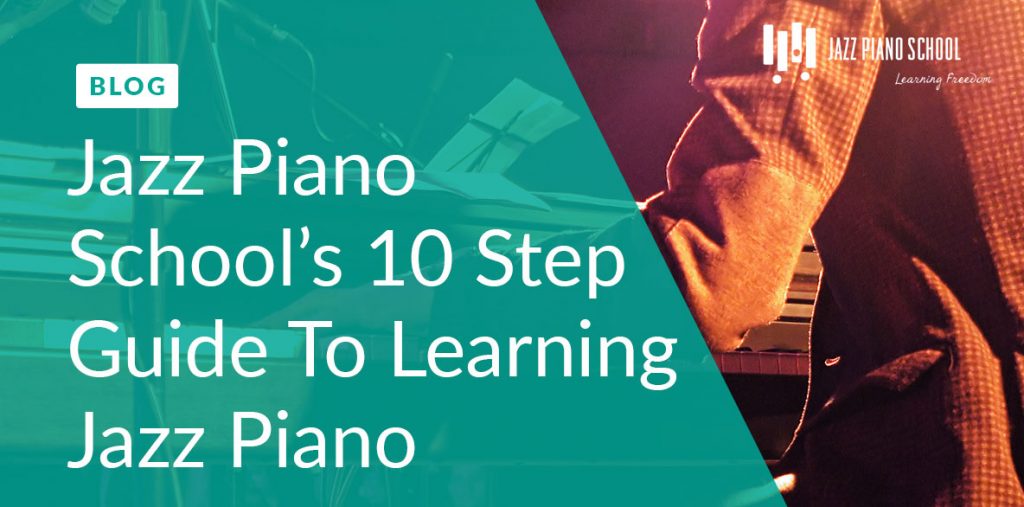
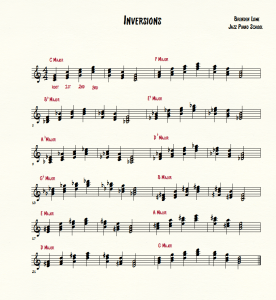

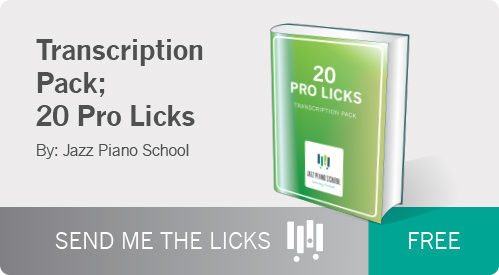
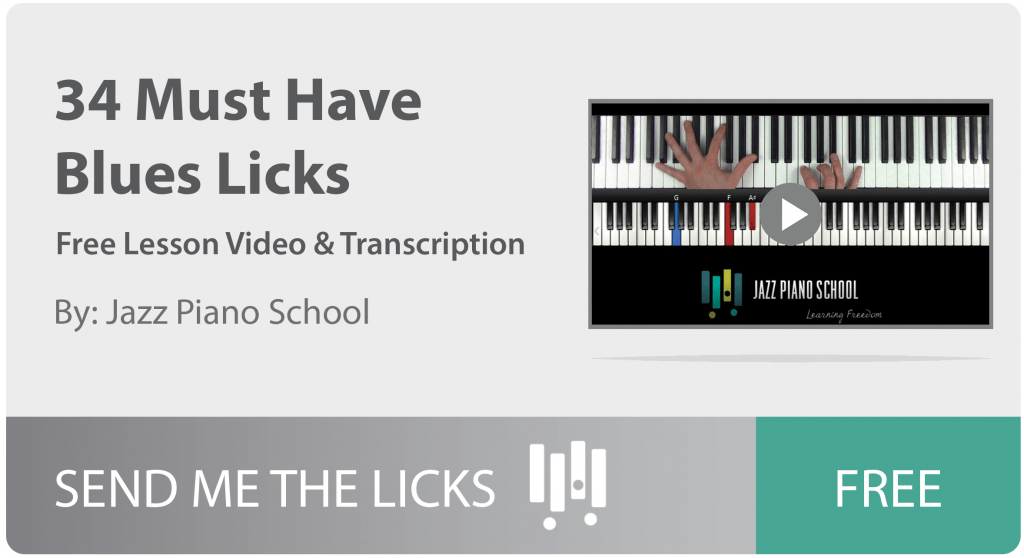
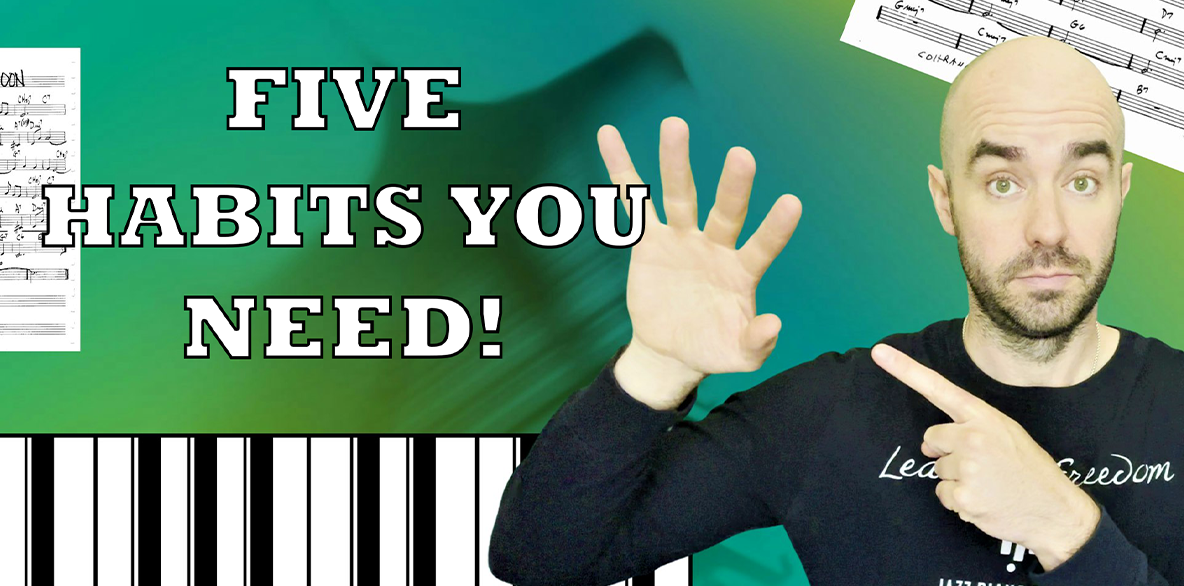
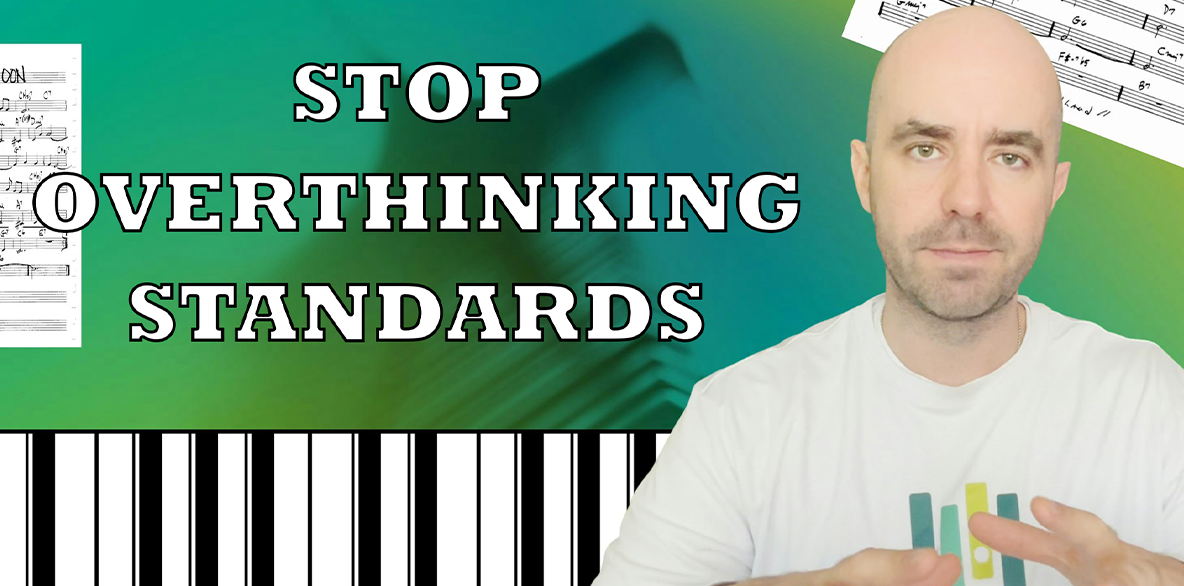
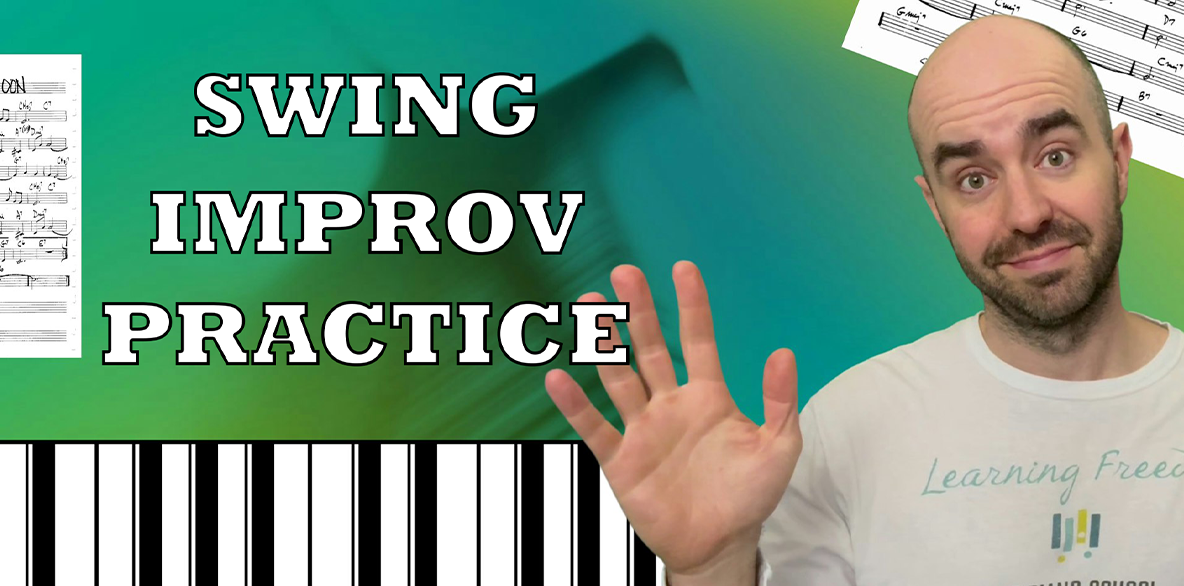
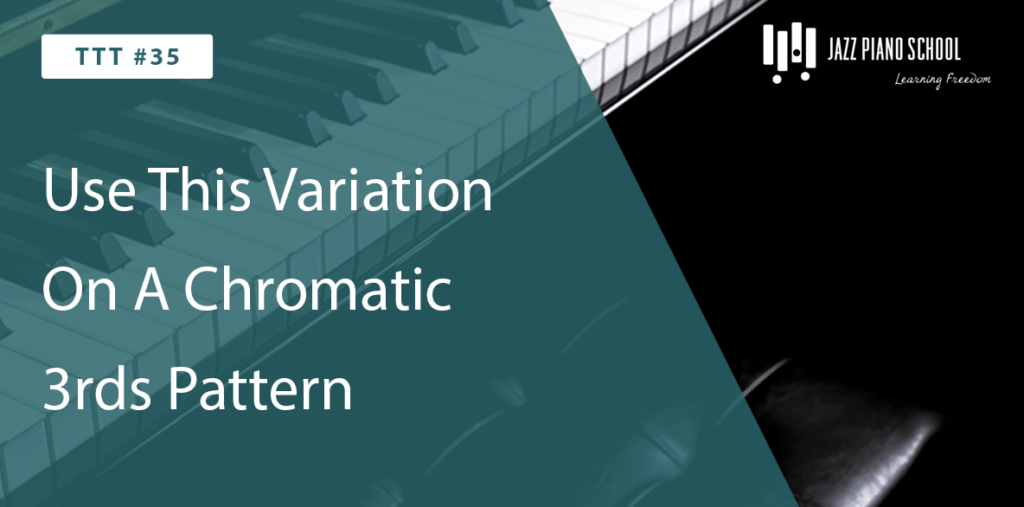
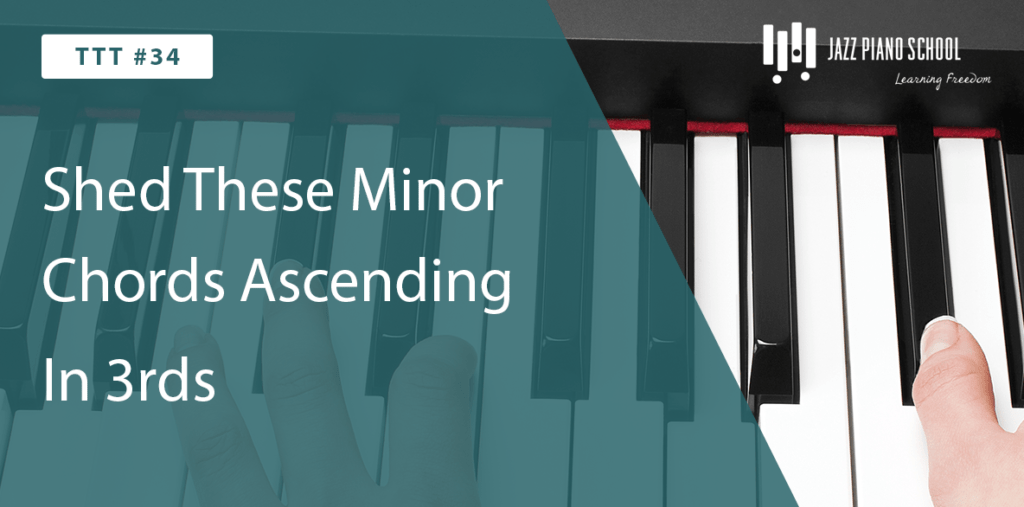



23 Responses
It was grate
I am an oldster who plays in Second Chances Band in Charlottetown PEI Canada. I play in the percussion section and have volunteered to play piano in a new Jazz piece we will be working on. I am scared I might not be up to it but will follow all of your steps and see if I can pull this off. We will be working on a piece by Jamey Abebersold.
Thanks. I like the puzzle analogy.
Julia Purcell
Great information!!! Thank you!
Thanks for pointing me in the right direction .
I WOULD LIKE TO CHANGE MY METHOD OF PAYMENT. I LOOK FORWARD TO HEARING FROM YOU
Hello William, I reached out to you via email 🙂
…so I guess i can congratulate myself in noticing that the cmajor and fmajor scale in the printed information for step #1 is the same, and it shouldn’t be. Was that a test? 🙂
Hi Gordon, Thanks for the info, We will get this changed asap and let you know when its corrected. Thank you for the heads up!
lol..it’s still not corrected..
Key of C Major is wrong.. Very first thing 🙂
Thanks for pointing this out. And everyone else as well 🙂 We’ve fixed it. Thanks!
Very good
Thank you!
thank you
Traduza para o português, pois, estou interessado.
Traduza para o português, pois, estou interessado.
Perfecto
Thanks so much for this valuable información. I hope you continue with this very useful topics
Greetings frontera Mexico
It is great
Hi Brenden,
Thanks for the great article. Very helpful!
I live in Walnut Creek, SF East Bay.
Do you know any beginner jazz piano teachers in this area?
Garett
I’ve been looking for direction and how to begin. I haven’t been able to find the right teacher or mentor, but theory is not what I got with the piano lessons I had from 2nd to 5th grade. Now that I’m retired, I’ve been wanting to pick it up again, but HOW? Every single thing you wrote is completely on target. I’m all in mentally. All I’ve got to do now is act… Thanks a lot for all you’re doing for people like me, Brenden.
So great to hear Dave! I’ve often found this relates to a lot of students like yourself. And as you know where I came from as well!
Please let me know if I can help in any way and I hope to see you inside the members area when you’re ready!
Dear Brenden, thank You so much for the guidebook!
All the best for You! 🙂
Sincerely, Alyona